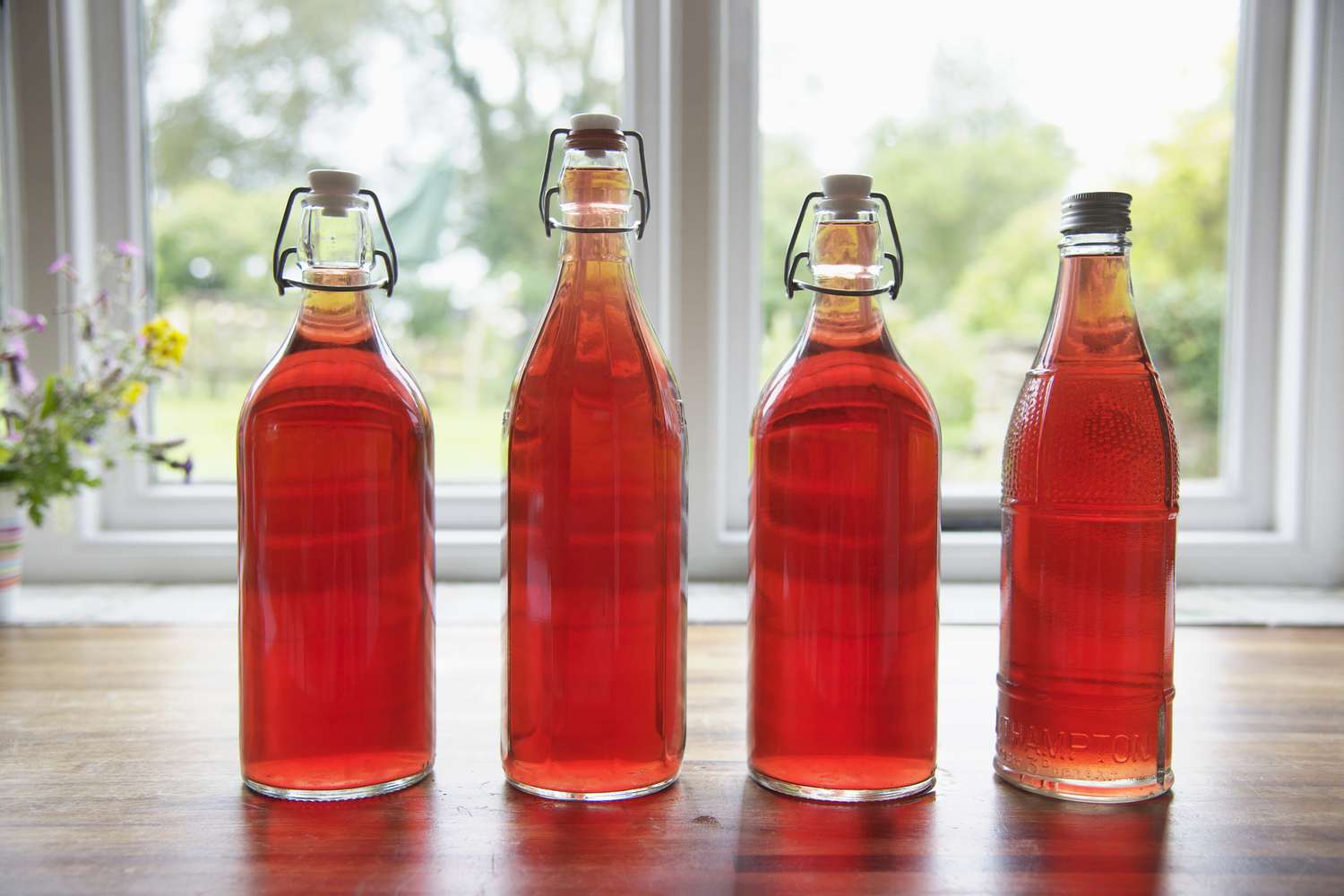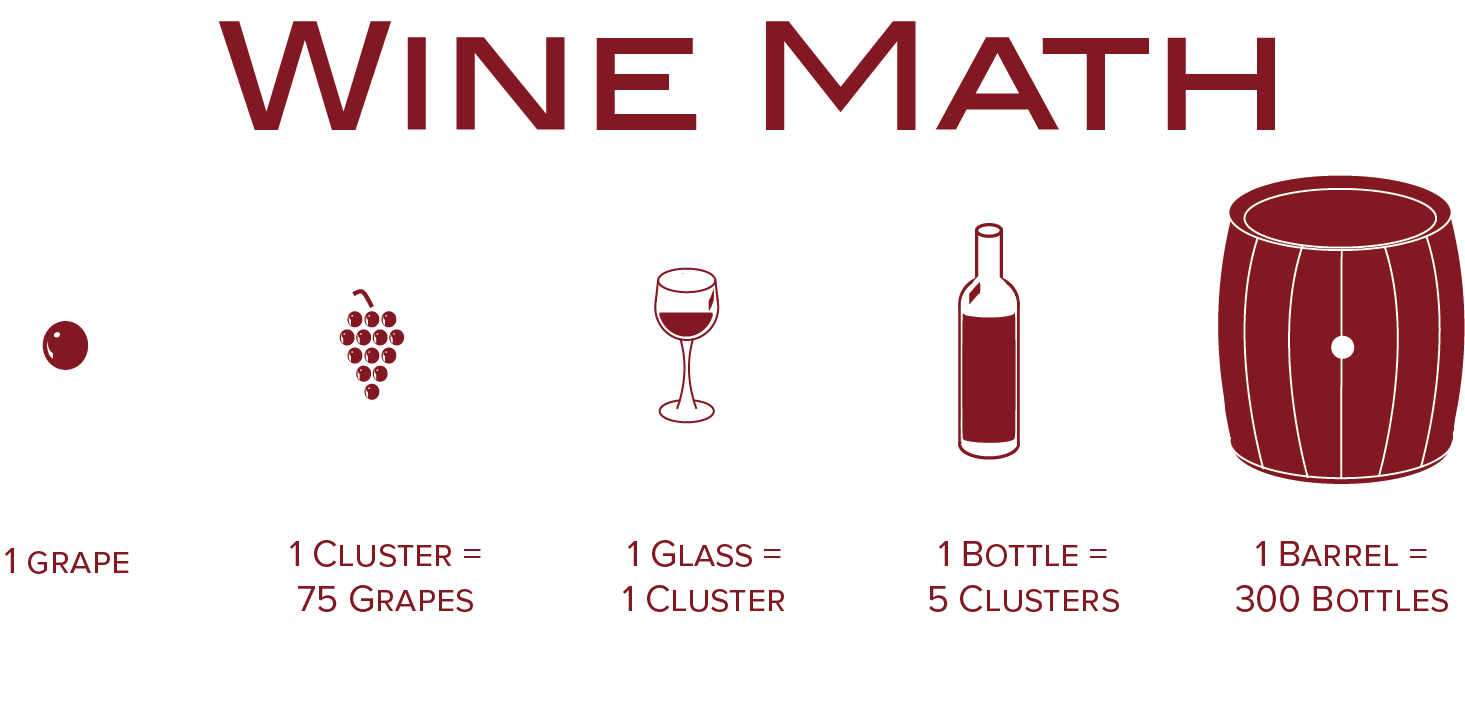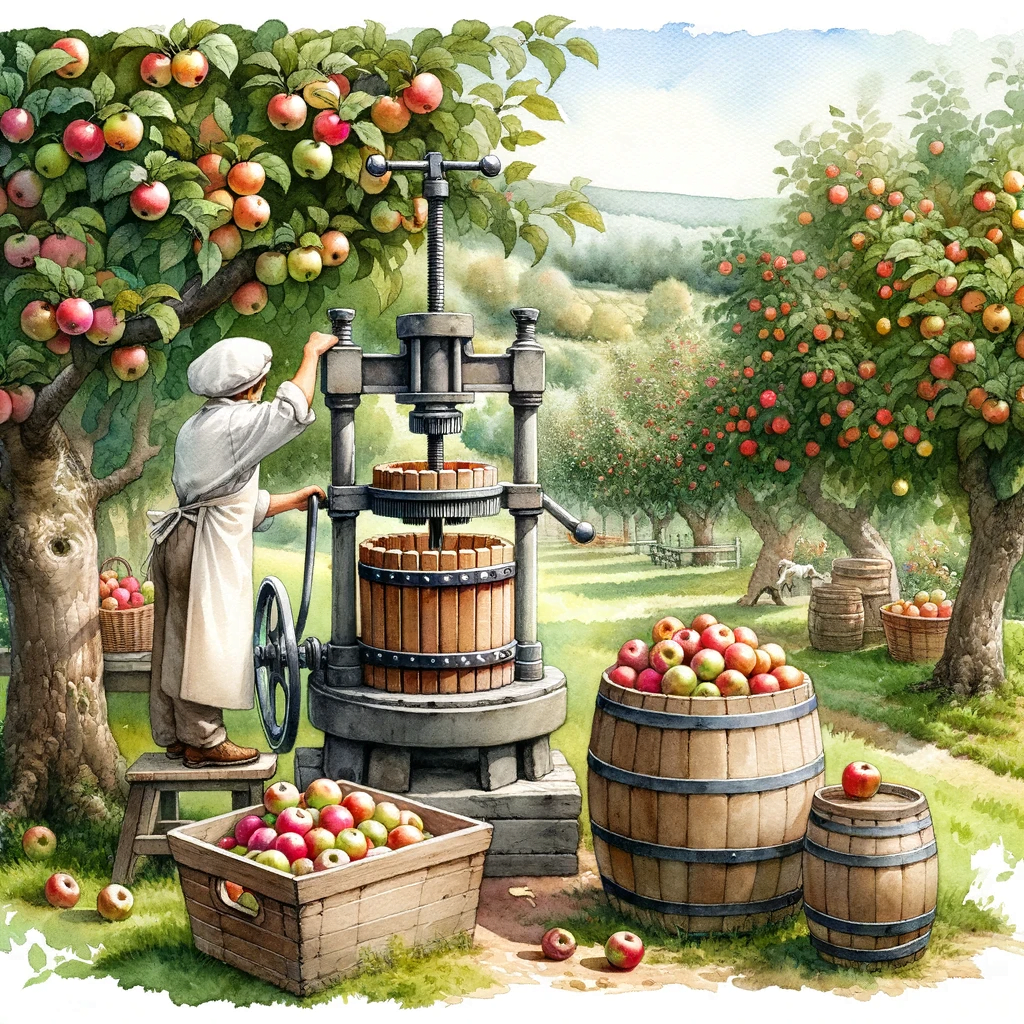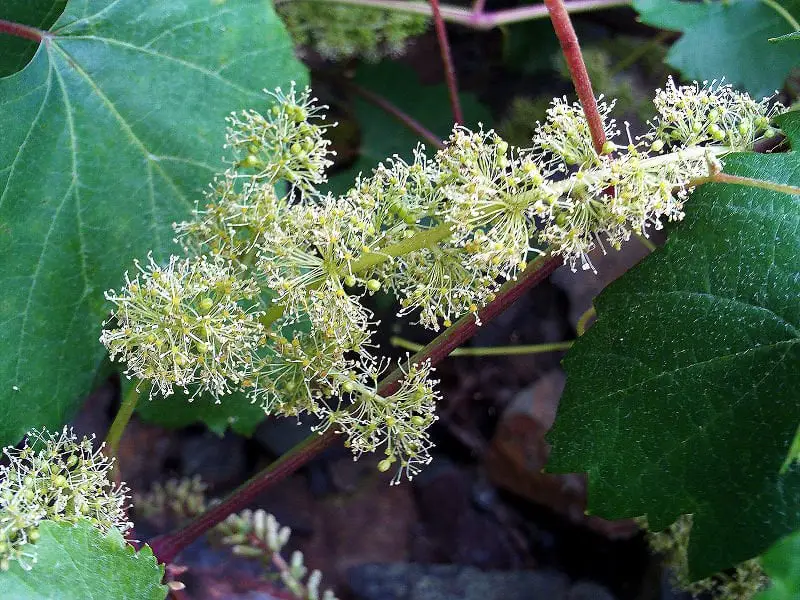In this concise article, you will discover a step-by-step guide on how to expertly craft your own wine from the rich and complex flavors of muscadine grapes. From selecting the finest grapes to the fermentation process, this article provides invaluable tips and techniques that will elevate your winemaking skills. Unlock the secrets of transforming these luscious berries into a delightful and exquisite wine that will impress even the most discerning palates.
Choosing the Right Muscadine Grapes
Identifying ripe Muscadine grapes
When it comes to making a quality Muscadine wine, choosing the right grapes is crucial. To ensure the best flavor and aroma in your wine, it is important to identify ripe Muscadine grapes. Ripe grapes should have a deep color, ranging from golden to dark purple, depending on the variety. They should feel plump and firm to the touch, indicating a good sugar content and ripeness. Additionally, ripe Muscadine grapes will often have a strong, sweet aroma that is characteristic of the variety.
Determining the right sugar content in grapes
The sugar content in grapes determines the alcohol level in the resulting wine. To determine the sugar content, it is recommended to use a refractometer or a hydrometer. These tools measure the specific gravity of the grape juice, which will indicate the sugar level. The ideal sugar content for Muscadine grapes typically ranges between 22 to 26 Brix. Lower Brix levels will lead to wines with lower alcohol content, while higher Brix levels will result in wines with higher alcohol content. By measuring the sugar content, you can ensure that your wine will have the desired level of sweetness and alcohol.
Preparing the Grapes
Harvesting the grapes
To begin the winemaking process, it is important to harvest the Muscadine grapes at the right time. This is usually when the grapes have reached their peak ripeness. Gently pick the grapes from the vine, taking care not to damage them. Harvesting the grapes early in the morning, when they are cool, can help preserve their flavors and aromas.
Sorting and removing any damaged grapes
Once the grapes are harvested, it is essential to sort through them to remove any damaged or spoiled grapes. These grapes can affect the overall quality of the wine, so it is crucial to remove them. Inspect each grape carefully, discarding any that are moldy, shriveled, or have signs of rot. This process ensures that only the best grapes make it into the winemaking process.
Washing the grapes
After sorting, it is important to wash the grapes thoroughly. This step removes any dirt, debris, or residues that may have accumulated on the grapes. Gently rinse the grapes under cool water, using your hands or a soft brush to remove any stubborn dirt. This ensures that your wine will not have any unwanted impurities that could affect its taste or quality.
Separating the grapes from the stems
To begin the winemaking process, the grapes must be separated from the stems. This can be done by hand, removing the grapes one by one, or by using a destemming machine. The stems contain bitter and astringent compounds that can negatively impact the flavor of the wine. By removing them, you ensure a smoother and more pleasant wine.

Crushing and Pressing the Grapes
Crushing the grapes
Crushing the grapes is an essential step in releasing the juice, flavor, and color from the grape skins. There are various methods to crush the grapes, ranging from using your hands, stomping on them with your feet (traditionally known as foot-stomping), or using a mechanical crusher. The goal is to break the grape skins, allowing the juice to be extracted easily during pressing.
Using a press to extract the juice
After the grapes are crushed, it is time to extract the juice. This is typically done using a press. There are different types of presses available, such as basket presses, hydraulic presses, or even simple homemade presses. The press applies pressure to the crushed grapes, squeezing out the juice while leaving the skins, seeds, and solids behind. This juice will serve as the base for your Muscadine wine.
Fermentation Process
Adding wine yeast to the juice
To initiate the fermentation process, it is important to add wine yeast to the grape juice. The yeast will convert the sugars in the grape juice into alcohol, creating the foundation for the wine. Choose a wine yeast strain that suits your desired flavor profile and follow the manufacturer’s instructions for adding it to the juice. The yeast will consume the sugars, producing alcohol and carbon dioxide as byproducts.
Monitoring the fermentation
During the fermentation process, it is important to closely monitor the progress of the yeast activity. This can be done by observing the visual signs of fermentation, such as the formation of bubbles or a foamy layer on top of the juice. It is also recommended to take regular hydrometer readings to measure the specific gravity of the wine. This will allow you to track the sugar conversion and estimate the alcohol content.
Measuring the specific gravity
Measuring the specific gravity of the fermenting wine allows you to track the progress of fermentation and determine its alcohol content. A hydrometer is used to measure the density of the liquid. By comparing the specific gravity readings at the beginning and end of fermentation, you can calculate the alcohol content. This information is useful in determining when to proceed to the next steps in the winemaking process.
Racking the wine
Racking is the process of transferring the wine from one container to another, typically done to separate the wine from the sediment or lees that have settled at the bottom. This helps improve the clarity and stability of the wine. Use a siphon or a racking cane to carefully transfer the wine, avoiding any disturbance to the sediment. Repeat this process as needed, usually every few weeks, until the wine is clear and free from sediment.
Clarification and Aging
Clarifying the wine
After racking, it is common for the wine to still have some cloudiness or particles suspended in it. To clarify the wine, various fining agents can be used. Fining agents, such as bentonite or gelatin, help to attract and bind the particles, making them settle to the bottom of the container. Follow the instructions provided by the fining agent manufacturer to achieve clear and visually appealing wine.
Transferring the wine to secondary fermentation
Once the wine has clarified and is free from sediment, it can be transferred to a secondary fermentation vessel. This vessel should be airtight and equipped with an airlock to allow carbon dioxide to escape while preventing oxygen from entering. This secondary fermentation stage allows the flavors of the wine to develop further and promotes a smoother and more balanced taste.
Stabilizing the wine
To prevent refermentation or spoilage, it is important to stabilize the wine before aging or bottling. Stabilization involves adding potassium metabisulfite or potassium sorbate to the wine. These substances inhibit the growth of yeast and bacteria, ensuring that the wine remains stable and safe to consume. Follow the recommended dosage rates and best practices provided by the manufacturer to accomplish proper stabilization.
Aging the wine in barrels or bottles
Aging is a crucial step in the winemaking process as it allows the flavors and aromas to mature and develop complexity. Muscadine wines can benefit from aging in oak barrels or bottles, depending on personal preferences. Oak barrels impart unique flavors and textures to the wine, while bottles provide a controlled environment for oxidation and gradual aging. Determine the desired aging period and store the wine in suitable conditions to achieve the desired flavor profile.
Bottling the Wine
Sanitizing the bottles and corks
Before bottling the wine, it is essential to sanitize all bottles and corks to ensure that no harmful bacteria or contaminants are introduced. Use a solution of potassium metabisulfite and water to sanitize the bottles, corks, and any equipment that will come into contact with the wine. Follow proper sanitization practices and let the bottles and corks dry before proceeding.
Siphoning the wine into bottles
To transfer the wine from the fermentation vessel to the bottles, use a siphoning mechanism. Start by positioning the filled fermentation vessel higher than the bottles and attach the siphoning equipment. Gravity will assist in siphoning the wine into the bottles. Take care to avoid disturbing any sediment that may have settled during the aging process, ensuring that only clear wine is transferred.
Corking the bottles
Once the wine is siphoned into the bottles, it is time to seal them with corks. Use a corker tool specifically designed for wine bottles to insert the corks securely and tightly. Ensure that the corks are fully inserted and provide a proper seal to maintain the wine’s freshness and prevent oxidation. Store the bottles in an upright position for at least a few days to let the corks expand and create an airtight seal.

Storing the Wine
Storing the wine at the right temperature
Proper storage is vital for maintaining the quality of your homemade Muscadine wine. Store the bottles horizontally in a cool, dry, and dark place, such as a cellar or a dedicated wine storage unit. The ideal temperature for storing wine is between 50 and 59 degrees Fahrenheit. Fluctuations in temperature and exposure to heat can negatively impact the wine, potentially spoiling its flavors and aromas.
Protecting the wine from sunlight
Sunlight and UV rays can cause premature aging and oxidation of the wine, leading to undesirable changes in flavors and color. Therefore, it is essential to protect your homemade Muscadine wine from direct sunlight. Store the bottles in a location away from windows or use UV-protected glass or wine storage containers. This will help preserve the wine’s integrity and ensure that it ages gracefully.
Allowing the wine to age for optimal flavor
Muscadine wines can benefit greatly from aging, as it allows the flavors and aromas to develop more complexity and balance. Depending on the style of the wine and personal preferences, it is recommended to age Muscadine wines for a minimum of six months to several years. Regularly check the wine during the aging process and taste it periodically to determine when it has reached its desired flavor profile.
Enjoying Your Homemade Muscadine Wine
Decanting the wine before serving
Before serving your homemade Muscadine wine, consider decanting it to enhance its aromas and flavors. Gently pour the wine into a decanter, leaving any sediment or solids behind. This process helps aerate the wine, allowing it to breathe and release its full potential. Let the wine sit in the decanter for a short period before serving to allow the aromas to develop fully.
Pairing the wine with food
The versatility of Muscadine wines allows for a wide range of food pairing options. Consider the characteristics of your specific Muscadine wine when deciding on food pairings. Muscadine wines can complement a variety of dishes, including cheese plates, roasted meats, grilled vegetables, and desserts featuring fruits or chocolate. Experiment with different pairings to find combinations that enhance the flavors of both the wine and the food.
Sharing your homemade wine with friends and family
Homemade Muscadine wine is an excellent way to showcase your winemaking skills and share your passion with others. Invite friends and family to enjoy your creation and note their feedback. Their opinions can provide valuable insight into the flavors and characteristics of your wine. Sharing your homemade wine creates a joyful and memorable experience, fostering a sense of community and appreciation for your winemaking efforts.
Troubleshooting Common Wine-Making Issues
Understanding common fermentation problems
Winemaking is a complex process, and occasional issues may arise during fermentation. Problems such as stuck fermentation, excessive foaming, or unpleasant odors can occur. Understanding common fermentation problems and their causes is essential to address them effectively. Proper sanitation, temperature control, the use of appropriate yeast nutrients, and sufficient aeration can help prevent or mitigate these issues. Consult wine-making resources or seek advice from experienced winemakers to troubleshoot any problems that may arise.
Dealing with off-flavors or aromas
Off-flavors or aromas in wine can occur due to improper fermentation, oxidation, contamination, or excessive exposure to heat or sunlight. If you encounter off-flavors or aromas in your Muscadine wine, identify the specific issue and take appropriate corrective measures. In some cases, gentle aeration or decanting can help mitigate certain off-flavors or aromas. However, prevention is always the best approach, so ensure proper sanitation, temperature control, and storage conditions to avoid these issues from the start.
Addressing cloudiness in the wine
Cloudiness in wine can be a result of suspended particles, excess sediment, or incomplete clarification processes. To address cloudiness, additional clarification steps may be necessary, such as fining with clearing agents or filtering the wine. Carefully follow the instructions provided by the fining agent or filtration equipment manufacturer to achieve crystal-clear wine. Patience and attention to detail will result in a visually appealing and transparent Muscadine wine.
Tips and Tricks
Experimenting with different yeast strains
As you gain experience in winemaking, consider experimenting with different yeast strains to achieve unique flavors and aromas. Different yeast strains have varying characteristics and can greatly impact the flavor profile of the wine. Certain strains may highlight fruity notes, while others may emphasize earthy or spicy tones. Research various yeast strains and their recommended applications to create wines that reflect your personal preferences and creative spirit.
Adding oak chips for additional flavor
To enhance the complexity and mouthfeel of your Muscadine wine, consider adding oak chips during the aging process. Oak chips can impart subtle flavors such as vanilla, spice, or toasted wood, enhancing the overall character of the wine. Place a small amount of oak chips in a mesh bag or directly in the secondary fermentation vessel, allowing the wine to extract the desired flavors over time. Monitor the taste closely to achieve a well-balanced oak influence.
Blending different grape varieties for unique wines
Get creative and experiment with blending different Muscadine grape varieties to create unique wines. Each Muscadine variety has distinct characteristics, such as acidity, sweetness, and flavor profile. By blending different varieties, you can achieve a harmonious balance of flavors and develop a wine with its own unique personality. Experiment with different ratios and combinations to find the perfect blend that suits your taste preferences.
In conclusion, making wine from Muscadine grapes is a rewarding and enjoyable process. By carefully selecting ripe grapes, preparing them meticulously, and following the fermentation, clarification, and aging steps, you can create delicious and memorable homemade Muscadine wines. Remember to troubleshoot any issues that may arise, embrace experimentation, and share your creation with others to fully appreciate the fruits of your winemaking labor. Cheers!


